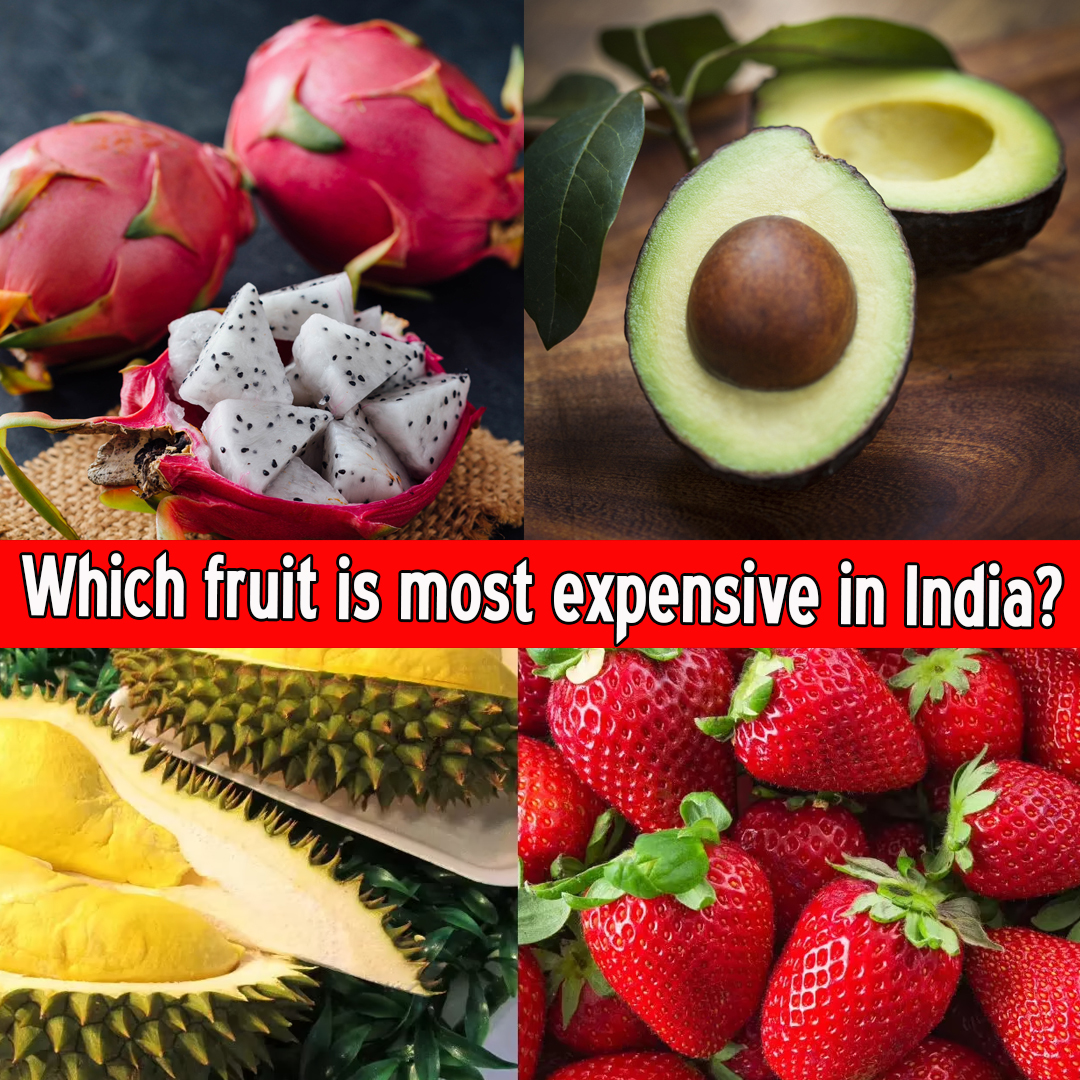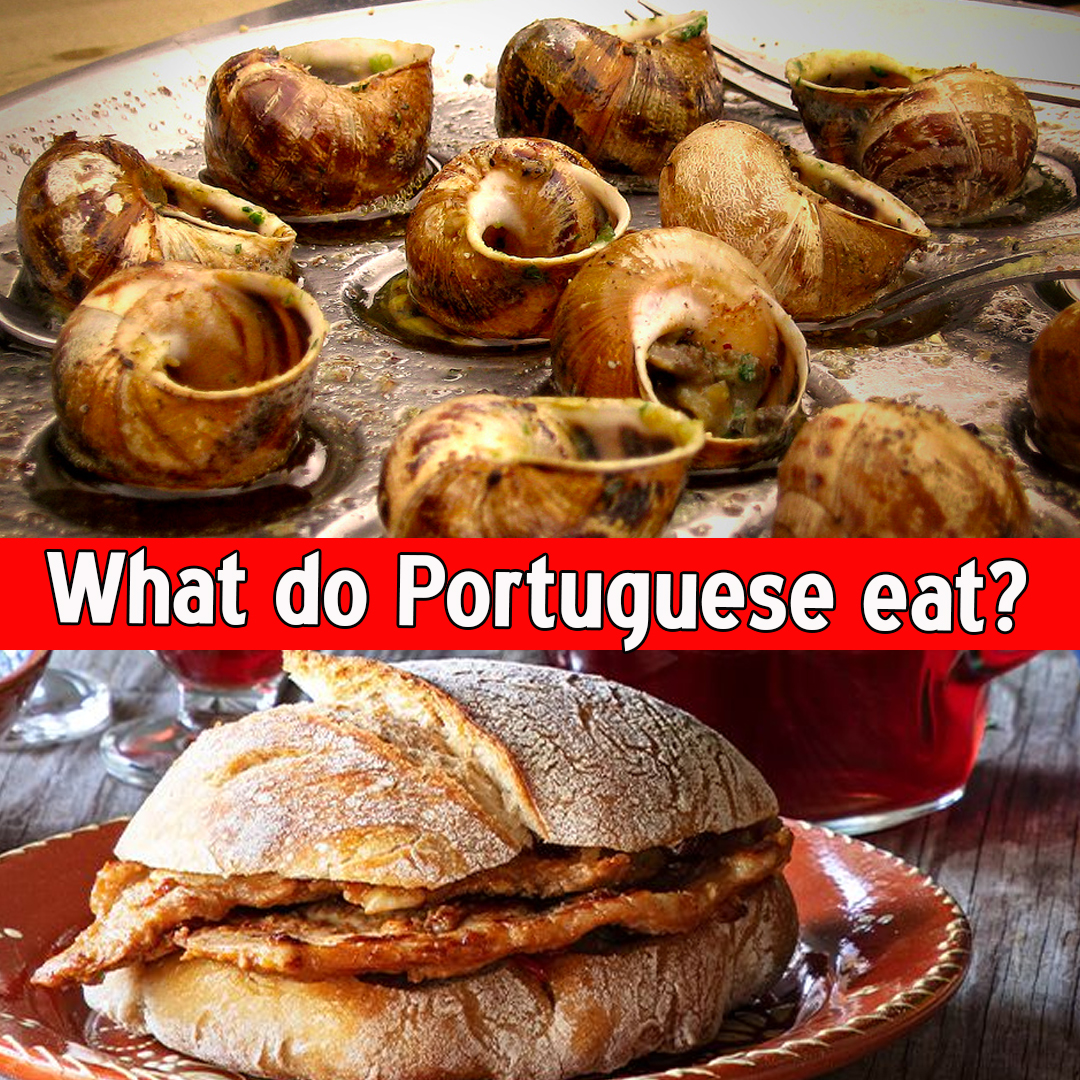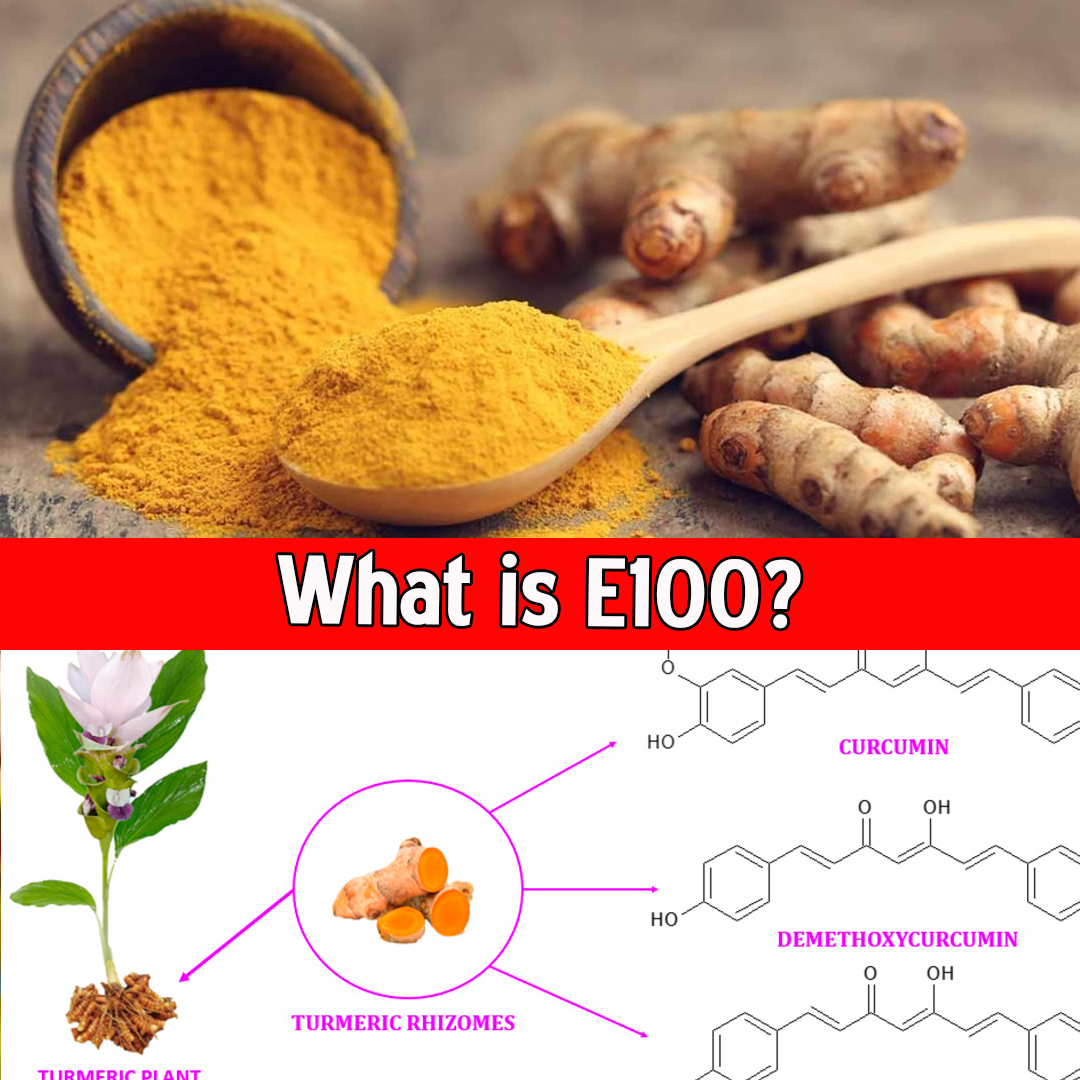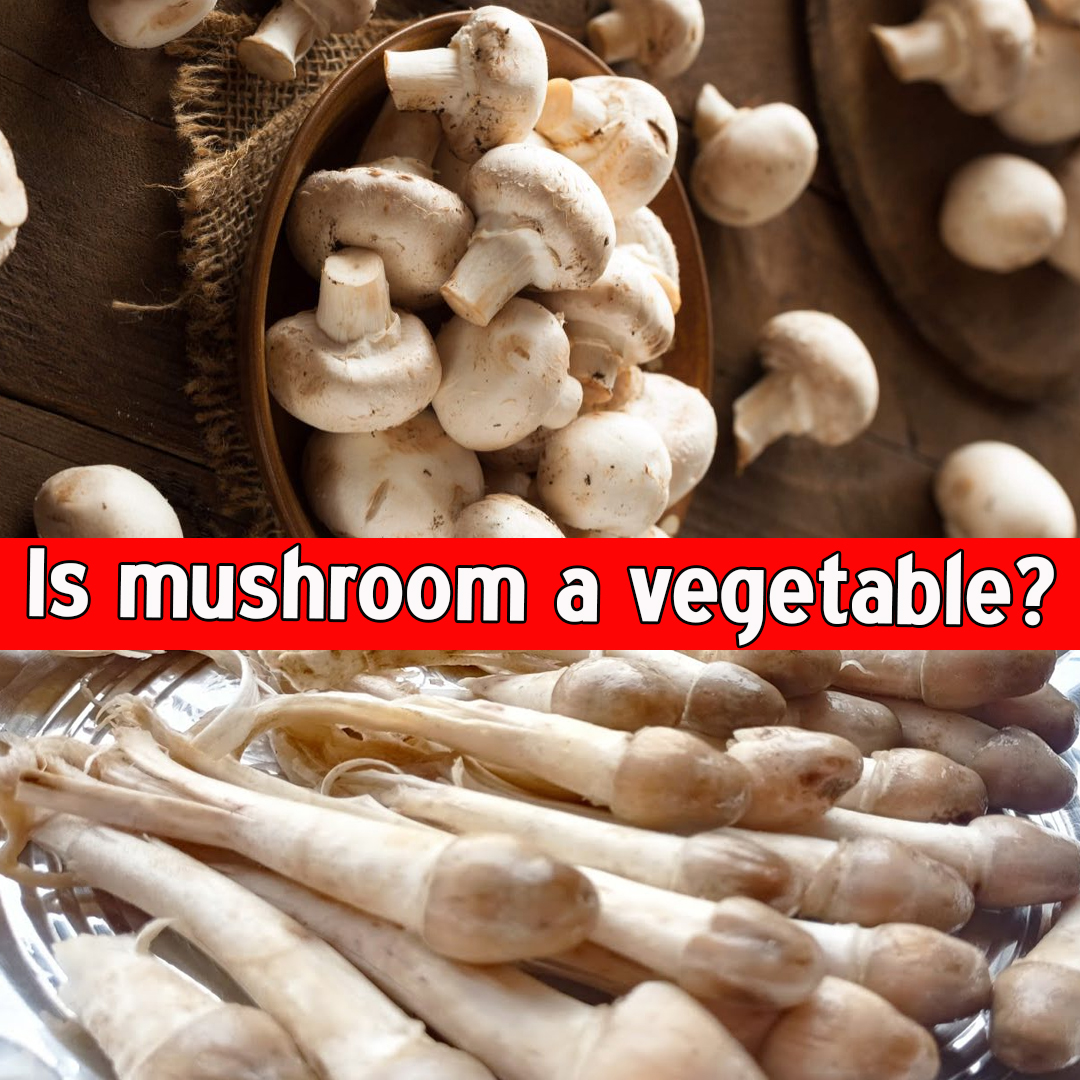Which Fruit is the Most Expensive in India?

Which fruit is most expensive in India?
Introduction: India’s Rich Relationship with Fruits
India is one of the world’s largest producers and consumers of fruits, thanks to its diverse climates and fertile agricultural zones. From the tropical coasts to the Himalayan valleys, fruits play a vital role in Indian diets, religious ceremonies, Ayurveda, and even economics. While many fruits are affordable and widely available, a select few are prized for their rarity, taste, exotic cultivation methods, and sometimes sheer luxury status.
But when it comes to “Which fruit is the most expensive in India?”, the answer is both fascinating and complex. Several fruits command eye-popping prices in elite markets, but one fruit has gained global attention for its unbelievable price tag and exclusive nature in India:
The Miyazaki Mango – Often dubbed “The World’s Most Expensive Mango” and now grown in select Indian farms.
This article explores the most expensive fruits in India, including the Miyazaki mango, their origins, reasons for their high price, regional cultivation, and how they compare with other luxury fruits like avocados, dragon fruit, and imported cherries.
| Read More – What is the national sweet of India? |
1. The Crown Jewel: Miyazaki Mango – India’s Most Expensive Fruit
Price: ₹2.5 lakh to ₹3 lakh per kilogram
Origin: Japan (Miyazaki prefecture); now grown in Madhya Pradesh, West Bengal, and select parts of South India
Nickname: “Egg of the Sun” (Taiyo-no-Tamago)
🌟 Why So Expensive?
- Rarity: Originally from Japan, Miyazaki mangoes are extremely rare and require very specific climate and soil conditions.
- High Maintenance: The trees are grown under controlled environments, often wrapped in nets to protect from insects and excessive sun. Each fruit is individually cared for and monitored.
- Superior Taste & Quality: Known for their rich flavor, juicy pulp, and melt-in-the-mouth texture.
- Unique Appearance: Brilliant red-purple skin unlike typical yellow-orange mangoes.
- Limited Yield: A single tree might produce only a few mangoes per year.
🥭 Miyazaki Mango in India: The Story So Far
The Indian fascination with this exotic mango began when a couple from Jabalpur, Madhya Pradesh, accidentally acquired a sapling from a Japanese traveler. They had no idea the tree would bear fruit worth lakhs. In 2020, reports emerged of Miyazaki mangoes being grown under tight security with armed guards and dogs, due to theft threats.
Other states like West Bengal, Tamil Nadu, and Telangana have started experimenting with small-scale cultivation.
📈 Market Impact:
- Sold in luxury fruit expos, online auctions, and gourmet stores
- Highly prized among billionaires, collectors, and chefs
- Exported to UAE, Qatar, and Japan from India
2. Imported Kiwis – Elite Everyday Fruit
Price: ₹500 – ₹800 per kg (for imported Zespri kiwis)
Origin: New Zealand, Italy, Chile
Kiwis have become increasingly popular in Indian supermarkets. While domestic kiwis from Arunachal Pradesh and Himachal Pradesh are relatively affordable, Zespri Gold Kiwis from New Zealand are premium-priced.
Why Expensive:
- Imported from long distances
- Seasonal availability
- High nutritional value: rich in Vitamin C, fiber, antioxidants
3. Avocados – India’s Exotic Health Fruit
Price: ₹400 – ₹700 per kg (imported); ₹250 – ₹400 per kg (Indian)
Cultivation: Tamil Nadu, Kerala, Karnataka, NE India
Avocados are considered a “superfruit” and are part of modern diets due to their healthy fats. While Indian-grown avocados are cheaper, most avocados sold in cities are imported (from Peru, New Zealand, or Kenya).
Reasons for High Price:
- Short shelf life
- Complex storage and transportation needs
- Rising demand among urban elites for smoothies, salads, keto diets
4. Dragon Fruit (Pitaya) – The Colorful Exotic
Price: ₹400 – ₹600 per kg
Cultivation: Maharashtra, Gujarat, Andhra Pradesh, West Bengal, Karnataka
Dragon fruit stands out for its appearance—bright pink skin with green spikes and white or red flesh with black seeds.
Why So Expensive:
- Exotic look and taste
- Often considered a “status fruit”
- Labor-intensive farming
- High in fiber, Vitamin C, and antioxidants
Interestingly, India renamed dragon fruit as “Kamalam” due to its lotus-like shape in Gujarat, adding political and cultural symbolism to the fruit.
5. Washington Apples and Other Imported Apples
Price: ₹300 – ₹600 per kg
Origin: USA, New Zealand, Iran, Italy
While Himachal Pradesh and Kashmir produce great apples, premium imported varieties like Washington Red Delicious, Gala, or Granny Smith fetch higher prices due to:
- Glossy skin and perfect shape
- Controlled atmosphere storage
- Longer shelf life
- Imported branding and packaging
6. Thai Durian – The King of Fruits (and Odor!)
Price: ₹1000 – ₹2000 per kg (imported)
Origin: Thailand, Malaysia
Durian, often banned in hotels and airplanes due to its strong smell, is a rare luxury in India.
Why Expensive:
- Imported under special permits
- Cultivated in very few Indian locations
- Highly niche market due to polarizing taste
7. Iranian Pomegranates and Indian Bhagwa Variety
Price: ₹250 – ₹600 per kg
Regions: Maharashtra (Solapur), imported from Iran and Afghanistan
Indian Bhagwa pomegranates are now exported globally and are considered premium fruits due to:
- Large size, deep red color
- High juice content
- Disease resistance
Imported pomegranates are priced higher in gourmet stores.
8. Cherries – Small, Sweet, and Expensive
Price: ₹800 – ₹1200 per kg (imported)
Origin: USA, Chile, Kashmir (Indian varieties cheaper)
Cherries are seasonal and difficult to grow in most of India. Imported cherries come from long distances and are prized for desserts, gift baskets, and fruit platters.
9. Blueberries and Raspberries – The Western Berries
Price: ₹1500 – ₹3000 per kg
Status: Mostly imported
These antioxidant-rich berries are rare in Indian farms and mostly flown in from Europe or the US, especially during winter.
Use:
- Used in pastries, cheesecakes, smoothies
- Preferred in elite restaurants and five-star hotels
10. Mangosteen – The Queen of Fruits
Price: ₹600 – ₹1200 per kg
Cultivation: Kerala, Tamil Nadu, Assam, imported from Thailand
This juicy, purple-skinned fruit is rare in North India and often available in premium organic stores or export baskets.
Why These Fruits Are Expensive in India: Key Factors
✅ 1. Import Duties
Fruits imported from Europe, Australia, or the US carry heavy taxes and transportation costs.
✅ 2. Limited Domestic Production
Exotic fruits like blueberries, avocados, and kiwis are not yet mass-produced in India.
✅ 3. Perishability
Fruits like cherries and berries spoil fast, requiring cold chains and air freight.
✅ 4. Luxury Perception
Fruits like Miyazaki mango and dragon fruit are associated with the wealthy, increasing their exclusivity.
✅ 5. Packaging & Branding
Fruits with superior packaging (Zespri kiwis, Washington apples) fetch higher prices despite identical nutrition.
India’s Fruit Consumption vs Luxury Market
While over 50% of Indians consume fruits regularly, the luxury fruit segment is limited to metro cities like Delhi, Mumbai, Bengaluru, and Hyderabad.
- Middle Class: Bananas, apples, oranges, papaya, guava
- Upper Class: Avocados, blueberries, exotic mangoes
- Exports: India exports Alphonso mangoes, pomegranates, grapes, bananas
- Imports: India imports apples, kiwis, cherries, dates, and more
Final Verdict: Which is the Most Expensive Fruit in India?
✅ Winner: Miyazaki Mango
| Fruit | Price (₹/kg) | Origin | Notes |
|---|---|---|---|
| Miyazaki Mango | ₹2,50,000–₹3,00,000 | Japan / India (select farms) | Rarest, highly protected |
| Blueberries | ₹1500–₹3000 | Imported | Mostly for desserts |
| Cherries | ₹800–₹1200 | Imported / Kashmir | Premium gift fruit |
| Thai Durian | ₹1000–₹2000 | Thailand | Very rare in India |
| Zespri Kiwi | ₹500–₹800 | New Zealand | High-end segment |
Conclusion: A Luxury Fruit Revolution in India
India is witnessing a shift in its fruit consumption landscape. While traditional fruits remain staples, a rising segment of the population is exploring luxury and exotic options—driven by global exposure, health trends, and premium food branding.
At the top of the pyramid stands the Miyazaki Mango, a symbol of rare agriculture, elite consumption, and global horticultural innovation. While it may not be accessible to everyone, it has certainly become a fruit of fascination, intrigue, and indulgence in India.















Leave a Reply